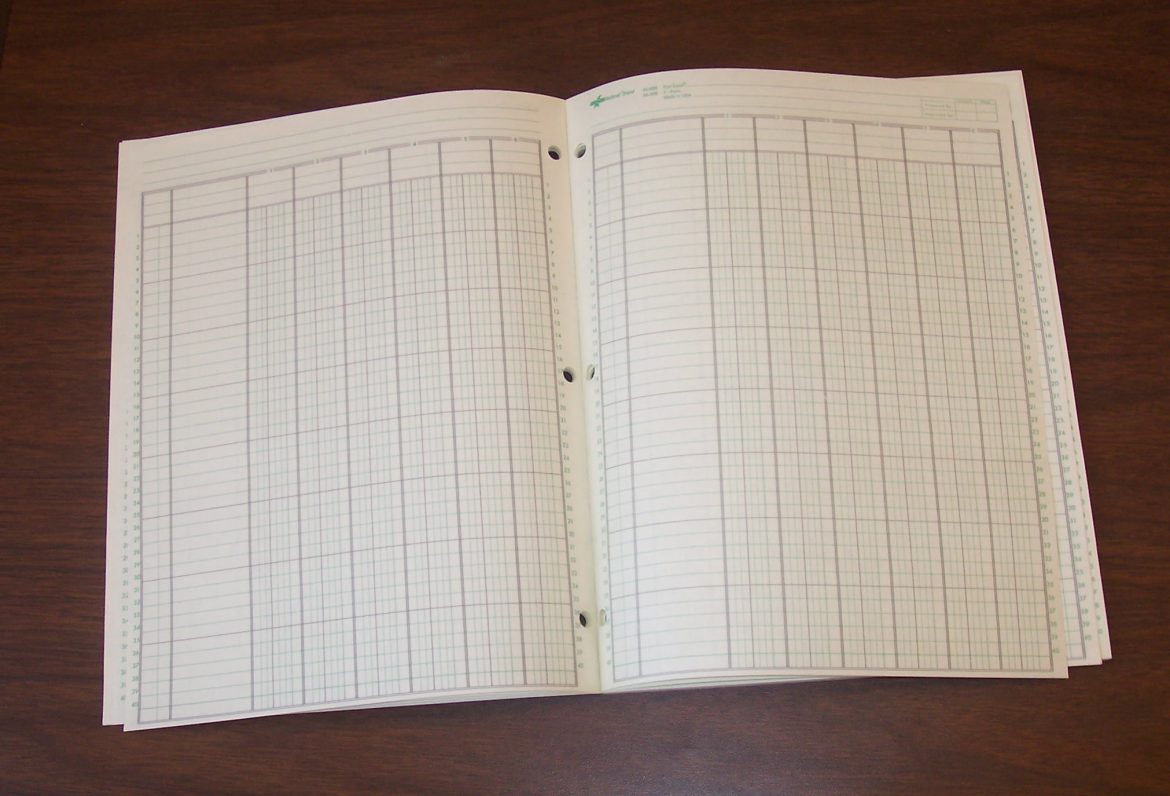Cash accounting for VAT and Accrual accounting for VAT. When do you report VAT with accrual method? When do you declare VAT with cash method?
You can report your VAT receivable and VAT payable according to two accounting principles or accounting methods. These methods are:
The cash method of accounting:
When do I report VAT when using cash basis method of accounting?
You report VAT in accordance with the method Cash accounting for VAT (“Bokslutsmetoden” in Swedish) which you are allowed to use when posting on a cash basis, i.e. based on the payment date (not the date of invoice).
Accrual method of accounting:
When do I report VAT when using the accrual accounting method? The VAT is recorded based on the invoice dates in accordance with the method Accrual accounting for VAT (“Faktureringsmetoden” in Swedish).
All invoices should be posted with posting date within the correct period. If you have invoices with dates from January, these should be posted in the January period. But it is the posting date which determines in which period the invoices will actually be booked into your accounting software. The VAT on these invoices will then be recorded in January and then reported to the Tax authorities as VAT receivable for January.
VAT reporting after closed period
Sometimes invoices are received late after January is closed, and then you will have to post it with posting date in February (but still enter the January date as invoice date when entering the invoice into your accounting program). The VAT and cost on those invoices will be recorded in February and reported as VAT for February to the Tax Authorities (which is not entirely correct according to generally accepted accounting principles) but sometimes necessary in the real world. This situation happens a lot in big international companies with many attestants (approvers) and lengthy processes for the invoice administration.
This problem is sometimes overcome by functions in the accounting programs which sort out invoices based on invoices dates when generating the VAT report. This means that the VAT reporting will, hopefully, contain all invoices with invoice dates in January, even when they are posted with posting date in February. Usually, VAT is reported on a monthly bases but registered at the Tax Authorities several weeks after the actual period (in Sweden 25 days after January when reporting online). This gives you several weeks to get overdue invoices into the system in time for the actual VAT reporting. But, as previous accounts payable clerk, I know that invoices can appear in your mail months or even years after the real period they belong. In those cases, the VAT will have to be reported in the following period, and costs are taken in the current period, based on posting date (we can’t book and post invoices in a previous year that is already closed and forgotten). You may, however, need to pay a penalty to the tax authorities based on the value that was reported in the wrong period.







Pingback: EU VAT rates - Accounting & Finance blog